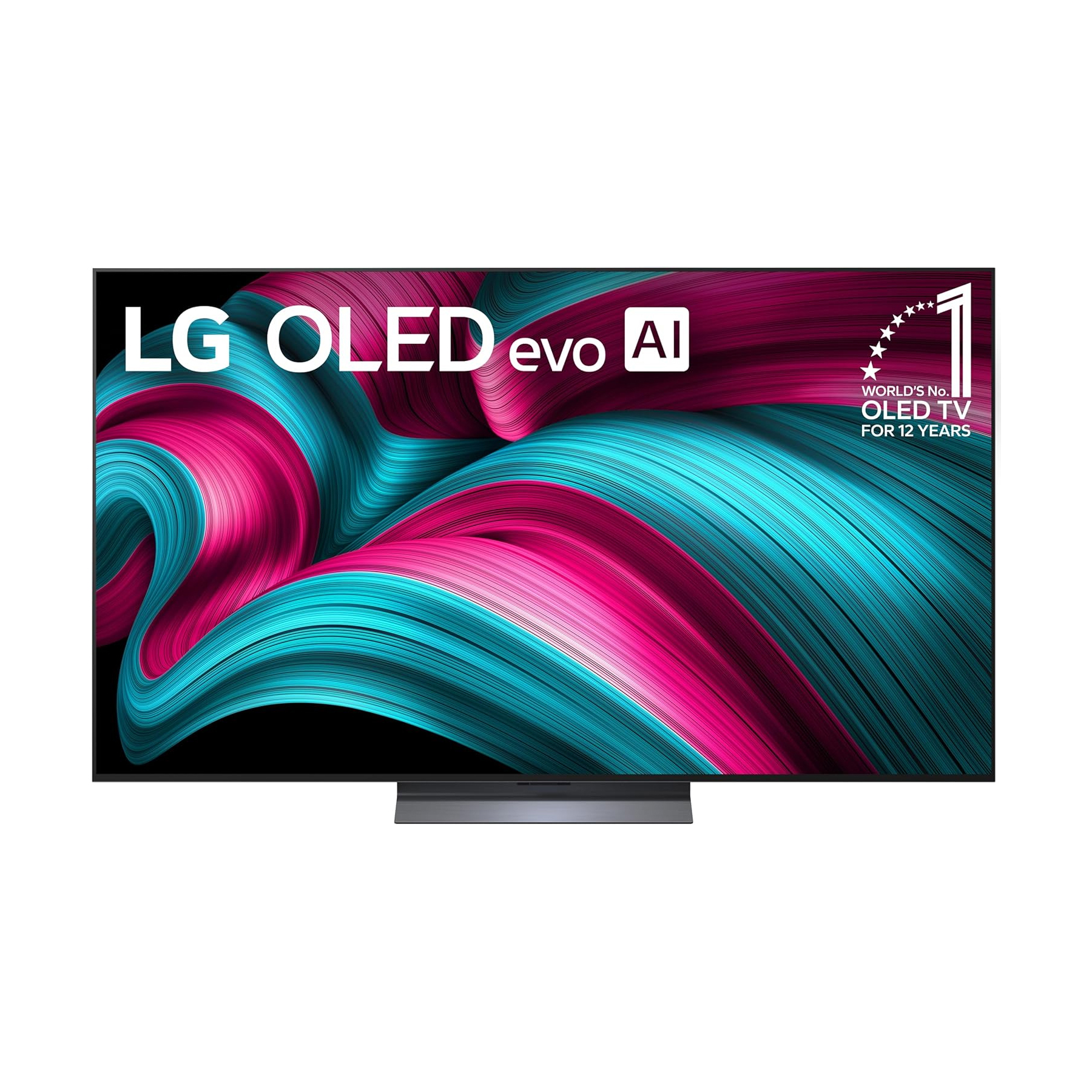LG Electronics has launched the LG Magnit Active Micro LED, a 136-inch (approximately 3 meters wide x 1.7 meters high) display designed to compete with Samsung and other brands in the micro-LED home video wall market.
LG's new giant micro-LED TV uses active matrix technology. This allows individual display pixels to generate their own light, LG says, an advantage over passive matrix displays that control pixels by accessing rows and columns.
Another benefit of LG's Active Micro LED is a proprietary surface treatment that deepens black levels while minimizing reflections, resulting in accurate color reproduction and powerful contrast (the company specifies a contrast ratio of 1,000,000:1). The display itself is modular, with individual panels precisely aligned to minimize gaps and create a seamless surface.
LG Active Micro LED is currently available in Korea and will soon expand to North America and other markets.
micro LED is a miracle, but projection is better at the moment
LG's new video wall makes an impressive technological statement, but in my opinion, traditional projection technology remains the best home theater option.
The main reason: money. LG's press release for the Magnit Active Micro LED doesn't mention price because if you have to ask, you can't afford it. Video walls like this one, which use micro-LED technology, cost around $200,000, and there are no signs of prices dropping anytime soon.
On the other hand, projectors are a relatively affordable display option for home theater. best projectorssuch as JVC DLA-NZ800cost less than $20,000. The NZ800 can't compete with micro-LED displays like LG Magnit when it comes to image brightness, but it does have high contrast (JVC lists the NZ800's native contrast ratio at 100,000:1), as well as advanced HDR processing and 8K display and scaling. I've seen the NZ800 in action a few times and am continually amazed by its stunning image quality.
The JVC DLA-NZ800, which can deliver images up to 150 inches diagonally, may require a dark room to deliver the highest levels of performance, but isn't a dark room the essence of home theater? Cinemas are dark and no one seems to have a problem watching movies with the lights off.
A micro-LED video wall like the LG Magnit is best suited for viewing in bright rooms, where the display's high brightness and contrast and Magnit's wide viewing angle provide the perfect combination for watching sports. And with a 3-meter-wide, 1.7-meter-tall screen, you can watch multiple games at once using the display divider, and Magnet's high refresh rate will help ensure that movement during gameplay looks crisp.
New generation of ultra-bright projectors such as Epson QL7000is also a great option for watching sports. At $32,999, the QL7000 is at the higher end of the projector's price range, but its specified brightness of 10,000 lumens is plenty enough for daytime viewing in a bright room, and it can deliver images up to 300 inches in size.
In the end, projection technology is winning this race, providing a significantly cheaper large-screen home theater display option than micro-LED. I'm looking forward to the day when microLED prices become more common, but I don't expect that to happen anytime soon.

The best TVs for every budget.
Follow TechRadar on Google News. And add us as your preferred source to get our expert news, reviews and opinions in your feeds. Be sure to click the “Subscribe” button!
And of course you can also Follow TechRadar on TikTok for news, reviews, unboxing videos and get regular updates from us on whatsapp too much.







